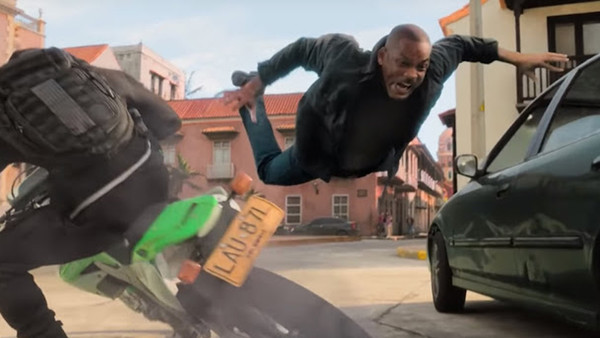10 Movies That Tried To Change Cinema Forever (And Failed)
3. Gemini Man Was Shot At 120 FPS

Ang Lee's Gemini Man is the third major attempt by a Hollywood filmmaker to popularise high framerate (HFR) cinema, following Peter Jackson's The Hobbit trilogy (which were shot at 48 FPS) and Lee's own Billy Lynn's Long Halftime Walk (120 FPS).
Though shot at 120 FPS, Gemini Man was projected at 60 FPS in most locations due to technical limitations, and the results immediately proved massively divisive among audiences and critics.
While the HFR effect is decidedly crisper than in either The Hobbit or Billy Lynn, the ultra-fluid aesthetic is still more of a distraction than it is an actual upgrade from a conventional 24 FPS presentation.
Seeing A-list actors perform in such a smooth image is jarring and oddly makes it feel as though we're not so much watching a film as looking through a window at a stage play.
While proponents of the format argue that audiences simply need to see more HFR content to let their brains adjust, for others it has the same effect as the grotesque motion-smoothing techniques applied to many modern TVs.
Either way, Gemini Man tanked at the box office, offering a third decisive downvote for technology that filmmakers are clearly far more interested in than audiences.
James Cameron intends to release his Avatar sequels in HFR, and if he can't make it catch on with a mass audience, then who the hell can?